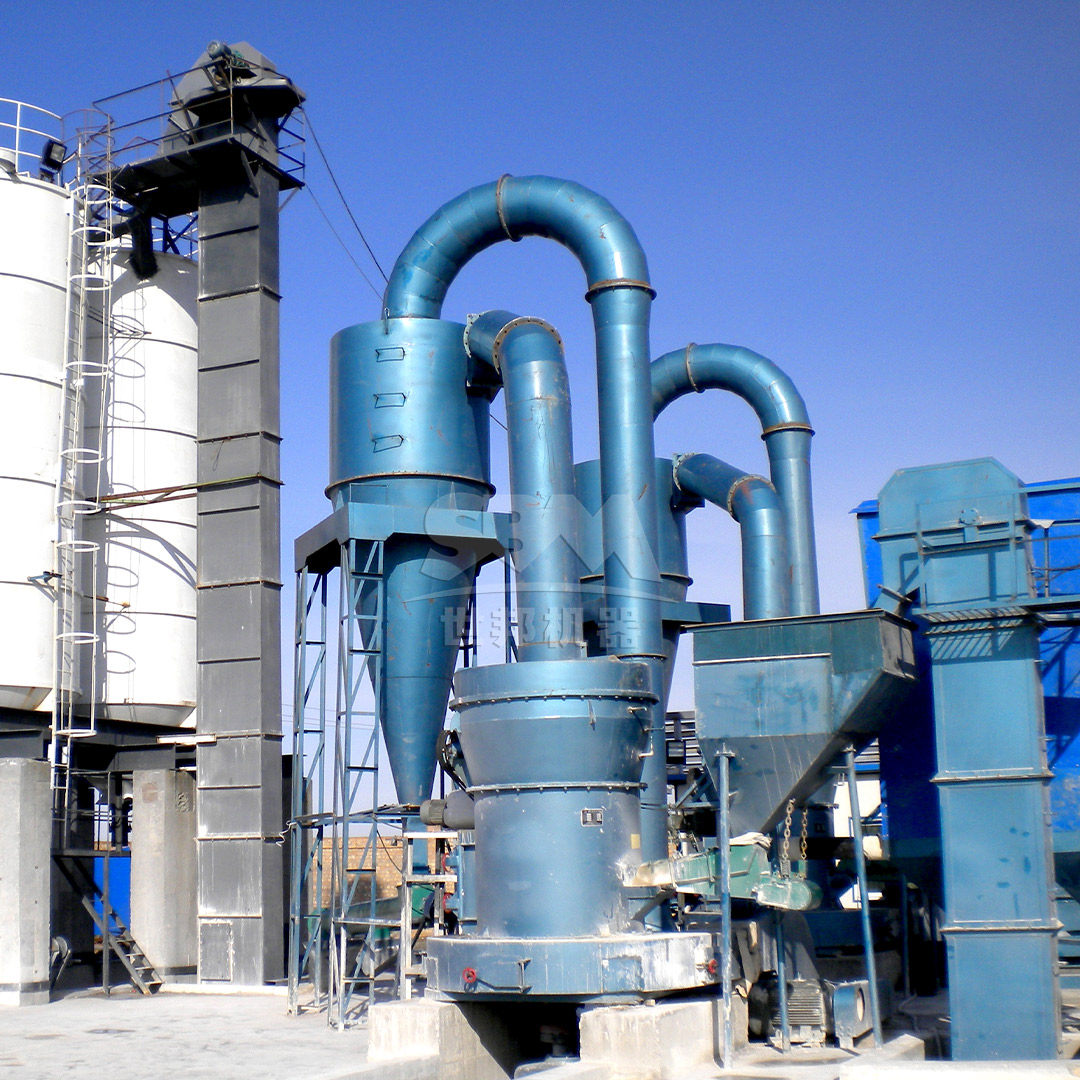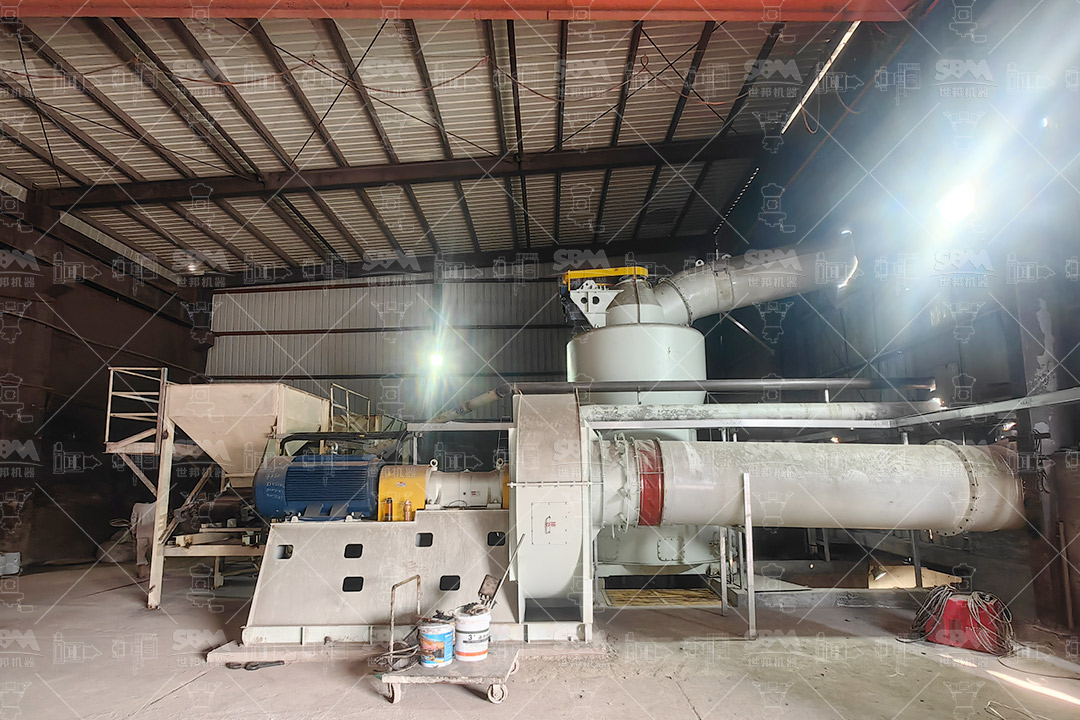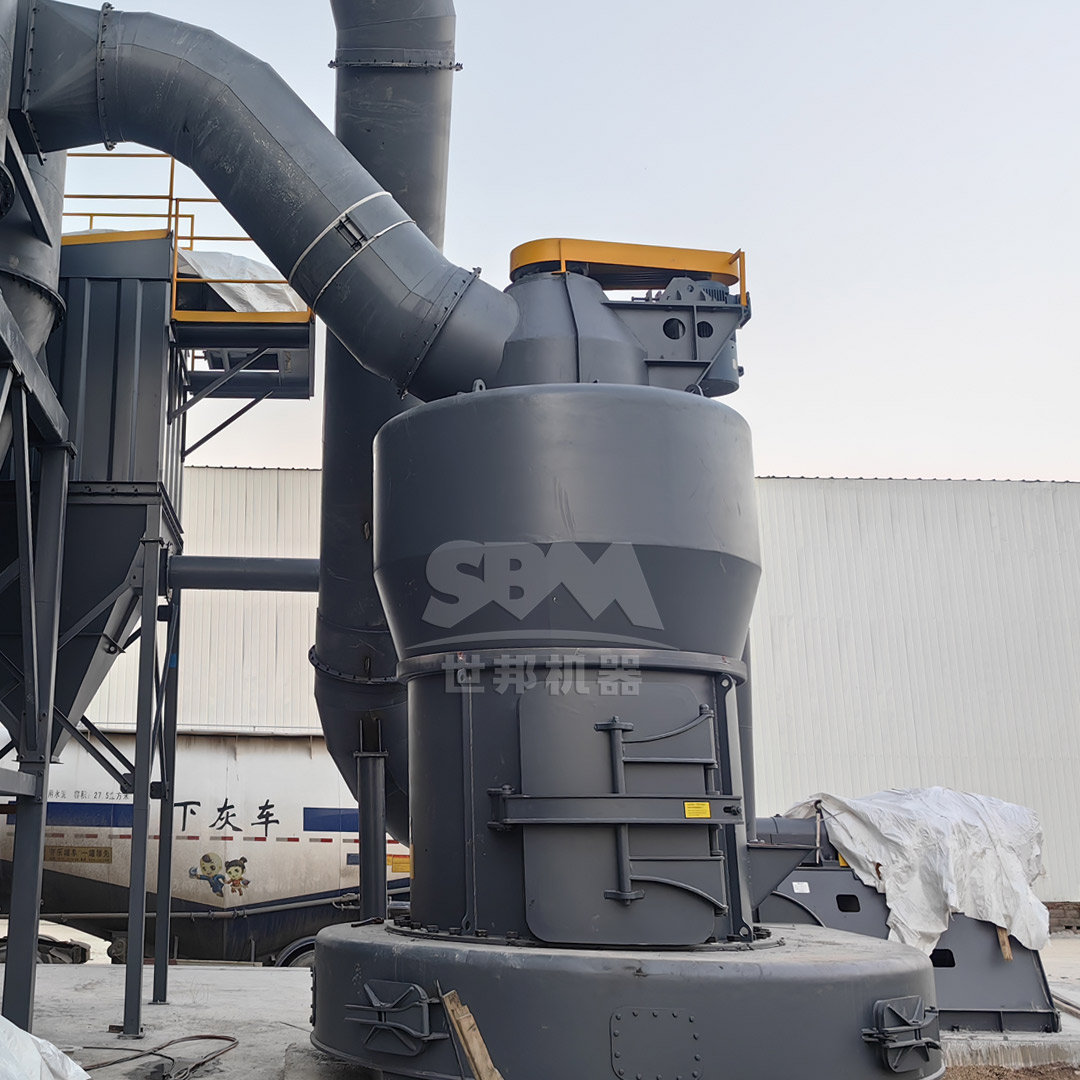The semiconductor industry relies on high-purity silicon wafers as the fundamental substrate for integrated circuits. While silicon forms the core material, quartz plays an equally vital role throughout the manufacturing process. High-purity quartz is essential for crucibles that contain molten silicon during crystal growth, for reaction chambers in deposition systems, and for various process tools that require exceptional thermal stability and chemical inertness. The journey from raw quartz to semiconductor-grade purity begins with advanced pulverization technology that can achieve precise particle size distributions without introducing contaminants.

Modern quartz pulverization represents a sophisticated engineering challenge that goes beyond simple size reduction. The process must maintain chemical purity while achieving specific particle morphology and size distribution characteristics. Contamination from grinding media, atmospheric exposure, or equipment wear can compromise the entire semiconductor manufacturing process, making the selection of appropriate pulverization technology a critical decision for manufacturers.
The transformation of quartz into electronic-grade silicon follows a multi-step purification pathway. Natural quartz deposits typically contain 99.5-99.9% SiO₂, but semiconductor applications demand purity levels exceeding 99.9999% (6N purity). The initial mechanical purification through controlled pulverization serves as the foundation for subsequent chemical purification steps.
| Processing Stage | Purity Requirement | Key Contaminants of Concern | Particle Size Target |
|---|---|---|---|
| Raw Quartz | 99.5-99.9% | Al, Fe, Ca, K, Na | ≤20mm |
| After Primary Crushing | 99.9% | Metallic impurities from equipment | 3-10mm |
| After Fine Grinding | 99.99% | Wear debris, cross-contamination | 45-325 mesh |
| After Ultrafine Pulverization | 99.999%+ | Sub-micron contamination | 325-2500 mesh |
| Final Chemical Purification | 99.9999%+ | All metallic and ionic impurities | Various |
The particle size distribution achieved during pulverization directly impacts the efficiency of subsequent chemical purification processes. Uniform fine particles with high surface area facilitate more effective acid leaching and thermal processing, while avoiding excessive fines that can cause handling difficulties or incomplete reactions.
Producing quartz powder for semiconductor applications presents unique technical challenges that distinguish it from conventional mineral processing. The primary concerns include contamination control, thermal management, and achieving precise particle morphology.
Contamination Control: Metallic contamination represents the most significant challenge in quartz pulverization. Even trace amounts of iron, chromium, nickel, or other metals from grinding media can render the quartz unsuitable for semiconductor applications. Advanced pulverizers address this through specialized wear materials, including ceramic-lined grinding chambers, high-purity alumina grinding elements, and innovative designs that minimize metal-to-mineral contact.
Thermal Management: Quartz undergoes phase transformations at elevated temperatures, with the α-to-β transition occurring at approximately 573°C. Excessive heat generation during pulverization can cause these phase changes, altering the material’s chemical reactivity and physical properties. Modern pulverizers incorporate efficient cooling systems and optimized operational parameters to maintain temperatures well below this critical threshold.
Particle Morphology Requirements: Semiconductor processes often require specific particle characteristics beyond simple size distribution. Angular particles may be preferred for certain applications where high packing density is needed, while more spherical particles might be required for fluidized bed reactors. Advanced pulverization systems offer control over these morphological characteristics through adjustable operational parameters.

The evolution of quartz pulverization technology has been driven by the increasingly stringent requirements of the semiconductor industry. Several pulverization approaches have emerged as particularly suitable for high-purity applications.
Ultrafine Grinding Systems: For applications requiring the finest quartz powders, ultrafine grinding systems offer unparalleled performance. Among these technologies, the SCM Ultrafine Mill stands out for its ability to produce quartz powder in the 325-2500 mesh range (D97≤5μm) while maintaining exceptional purity standards. This system’s vertical turbine classification technology enables precise particle size control without the contamination risks associated with traditional screening methods.
The SCM series achieves its performance through a multi-layer grinding principle where material undergoes progressive size reduction through several grinding stages. With capacities ranging from 0.5 to 25 tons per hour across different models, these systems can be scaled to match production requirements from pilot plants to full-scale manufacturing facilities. The SCM1680 model, with its 315kW main motor and 5-25 ton/hour capacity, represents the industrial-scale solution for high-volume quartz powder production.
Vertical Roller Mills: For applications requiring moderate fineness with maximum throughput, vertical roller mills offer an efficient solution. The LM Series Vertical Roller Mill provides quartz grinding in the 30-325 mesh range with capacities extending up to 250 tons per hour for the largest models. These systems are particularly valuable for the initial processing stages where high volume reduction is needed before further refinement.
The LM series incorporates several features specifically beneficial for high-purity applications, including non-contact grinding designs that minimize wear debris incorporation and expert automatic control systems that maintain consistent product quality. The modular roller assembly allows for quick replacement of wear parts without compromising the grinding chamber’s integrity.
When uncompromising purity and precise particle size control are required for semiconductor quartz processing, the SCM Ultrafine Mill delivers exceptional performance. This system has been specifically engineered to address the unique challenges of high-purity mineral processing with several distinctive advantages:
Contamination-Free Operation: The SCM series employs specialized wear materials and an innovative grinding chamber design that eliminates bearing and screw contact with the processed material. This prevents metallic contamination while extending component lifespan through the use of specially formulated grinding rollers and rings.
Precision Classification: The integrated vertical turbine classifier provides exceptional particle size control, enabling production of quartz powder with D97 values as fine as 5μm. This precise classification ensures consistent product quality without the contamination risk of external screening systems.
Energy Efficiency: Compared to traditional jet milling systems, the SCM Ultrafine Mill delivers up to twice the production capacity while reducing energy consumption by 30%. This combination of performance and efficiency makes it particularly valuable for cost-sensitive semiconductor applications.
| SCM Model | Processing Capacity (ton/h) | Main Motor Power (kW) | Output Fineness (mesh) | Recommended Application |
|---|---|---|---|---|
| SCM800 | 0.5-4.5 | 75 | 325-2500 | Pilot plants, R&D |
| SCM1000 | 1.0-8.5 | 132 | 325-2500 | Small-scale production |
| SCM1250 | 2.5-14 | 185 | 325-2500 | Medium-scale production |
| SCM1680 | 5.0-25 | 315 | 325-2500 | Large-scale manufacturing |
The operational principle of the SCM Ultrafine Mill involves a three-layer grinding ring system driven by the main motor. Material enters the grinding chamber and is dispersed by centrifugal force into the grinding path, where it undergoes progressive compression and shearing between the grinding rollers and rings. The precisely controlled grinding forces ensure efficient size reduction without excessive heat generation or contamination.
Modern quartz processing for semiconductor applications typically involves multiple pulverization stages, each optimized for specific objectives in the purification pathway. A well-designed processing line might incorporate several different pulverization technologies to balance efficiency, purity, and particle size requirements.
Primary Reduction Stage: Initial size reduction of raw quartz chunks typically employs jaw crushers or similar equipment to reduce material to manageable sizes (typically ≤50mm). At this stage, the primary concern is minimizing contamination from wear parts while achieving adequate size reduction for downstream processing.
Intermediate Grinding Stage: The MTW Series Trapezium Mill offers an excellent solution for intermediate quartz grinding, processing 30-50mm feed material into powders in the 30-325 mesh range. With capacities from 3-45 tons per hour, these systems provide the throughput needed for large-scale operations while maintaining purity through their curved air path design and wear-resistant components.
Final Precision Pulverization: For the final pulverization stage where the highest purity and finest particle sizes are required, the SCM Ultrafine Mill delivers the precision needed for semiconductor applications. The integrated collection system with pulse-jet dust collection ensures efficient product recovery while maintaining environmental standards with emissions well below international requirements.

Ensuring the quality of pulverized quartz requires comprehensive analytical capabilities and rigorous quality control procedures throughout the manufacturing process. Key parameters monitored include particle size distribution, chemical purity, phase composition, and morphological characteristics.
Particle Size Analysis: Laser diffraction methods provide rapid and accurate determination of particle size distribution, essential for verifying that product specifications are met. Modern systems can analyze powders across a broad size range from nanometers to millimeters, providing complete characterization of the pulverized product.
Chemical Purity Assessment: Inductively coupled plasma mass spectrometry (ICP-MS) offers the sensitivity needed to detect trace metallic contaminants at parts-per-billion levels. This analytical capability is essential for verifying that pulverization processes have not introduced unacceptable levels of metallic impurities.
Phase Analysis: X-ray diffraction provides confirmation that quartz has maintained its crystalline structure through the pulverization process, without transformation to other silica polymorphs due to excessive thermal or mechanical stress.
The relentless advancement of semiconductor technology continues to drive evolution in quartz pulverization systems. Several emerging trends are shaping the next generation of high-purity quartz processing equipment.
Intelligent Control Systems: Advanced pulverizers are incorporating increasingly sophisticated control systems that use real-time monitoring and machine learning algorithms to optimize operational parameters. These systems can automatically adjust grinding pressure, classifier speed, and feed rates to maintain consistent product quality despite variations in feed material characteristics.
Enhanced Contamination Control: Future pulverization systems will incorporate even more advanced materials to minimize wear and contamination. Developments in ceramic composites, diamond-like coatings, and engineered polymers offer the potential for virtually contamination-free grinding environments.
Integration with Downstream Processes: As semiconductor manufacturers seek to optimize their entire supply chain, quartz pulverization systems are being designed for tighter integration with subsequent purification and processing steps. This includes compatibility with specific chemical purification methods and tailored particle characteristics for particular application requirements.
The production of high-purity silicon wafers depends fundamentally on the availability of equally high-purity quartz materials. Advanced pulverization technology serves as the critical bridge between natural quartz deposits and the exacting requirements of semiconductor fabrication. Systems like the SCM Ultrafine Mill and MTW Trapezium Mill represent the current state of the art in quartz processing, offering the combination of precision, purity, and productivity needed to support the semiconductor industry’s relentless advancement.
As semiconductor technology continues to evolve toward smaller feature sizes and more complex architectures, the requirements for quartz purity and particle characteristics will become even more stringent. The ongoing development of pulverization technology will remain essential to meeting these future challenges, ensuring that the semiconductor industry has access to the high-purity materials needed to drive continued innovation in electronic devices that transform our world.